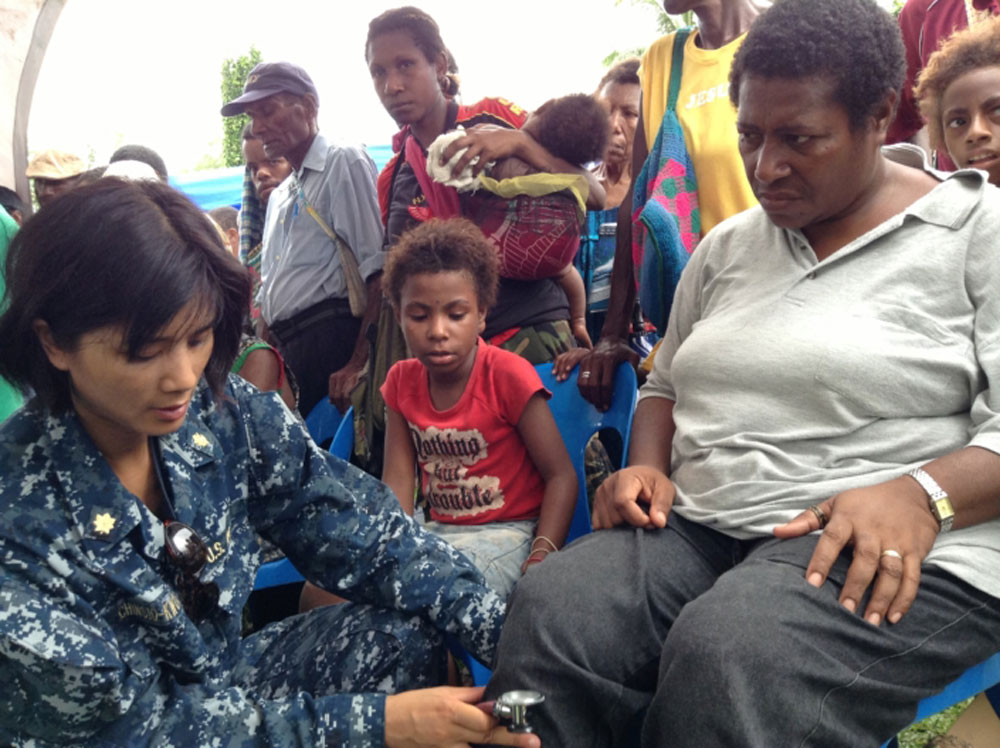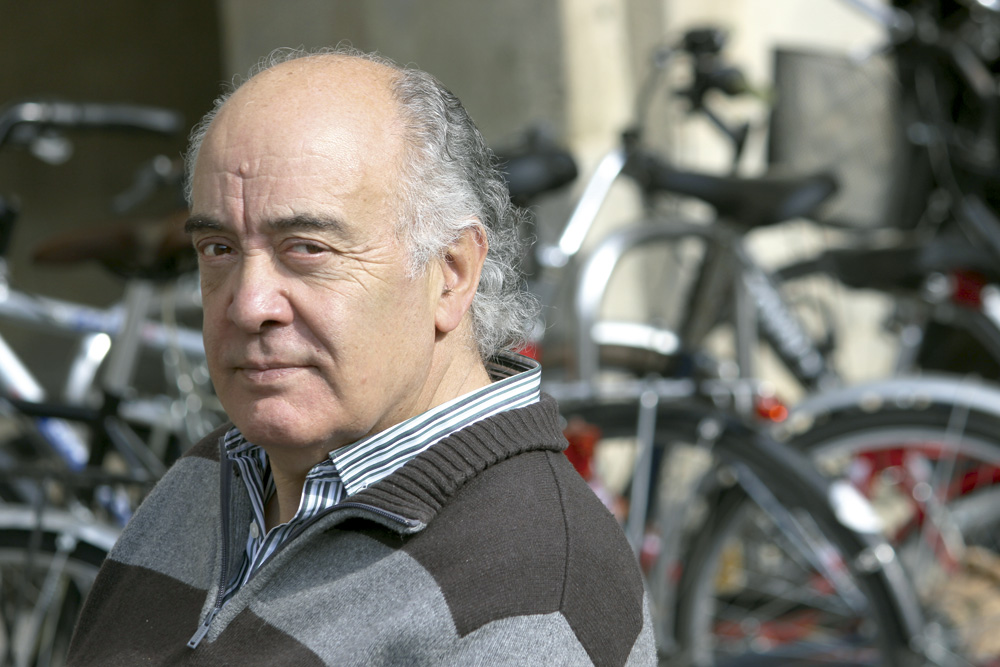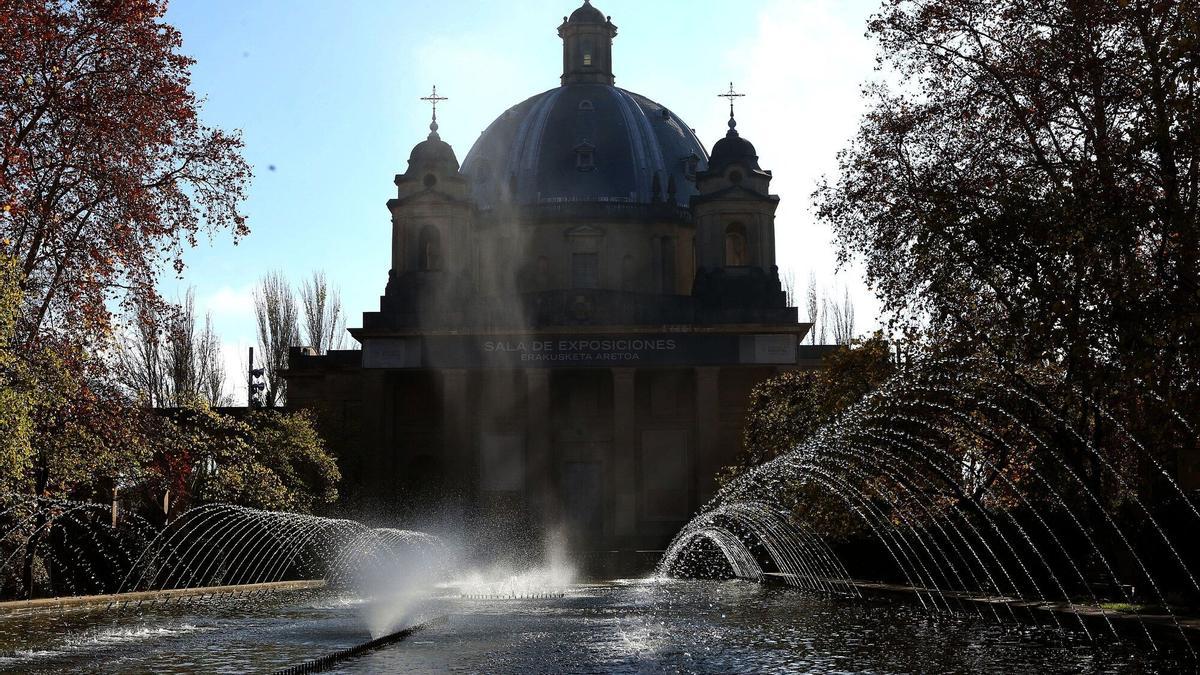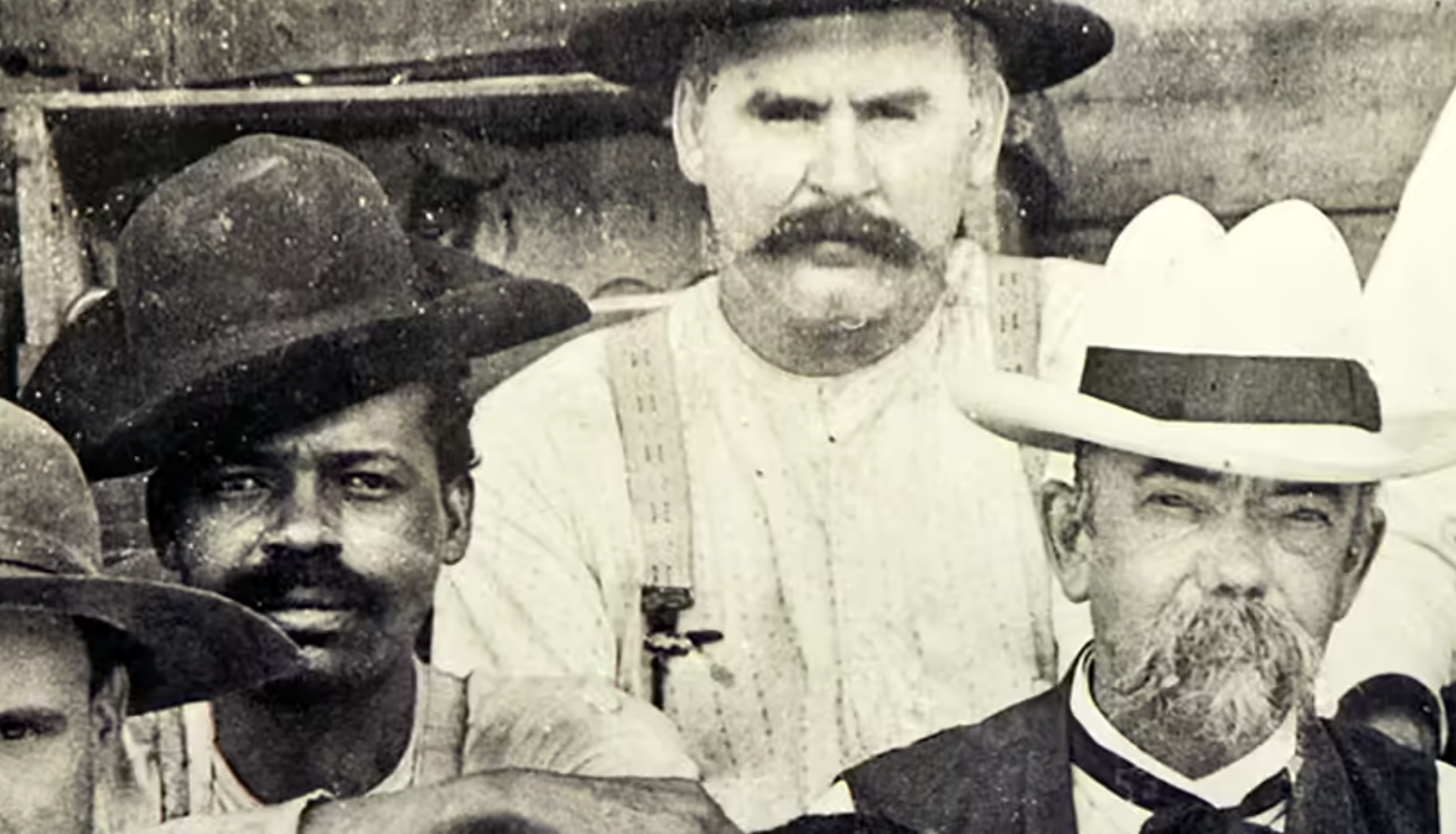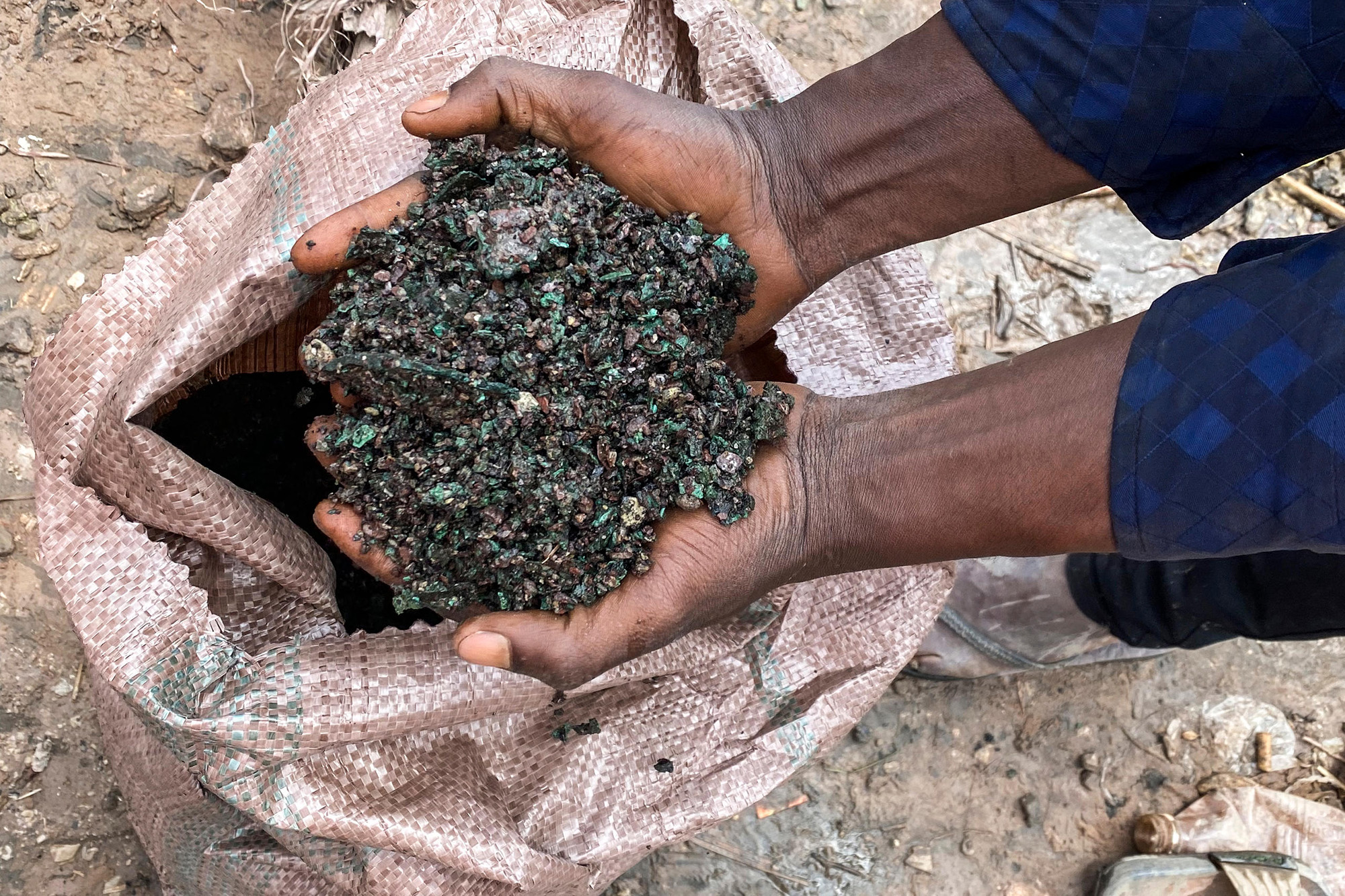1,300 years working together and living the earth
- In the valley of Valdegovía, next to the town of Ankles, there is an agricultural plot called Serna. But it's not just a vegetable garden: history and archaeology claim that this area has a life of 1,300 years. Besides being the result of collective citizen work, it allows analyzing the complex relationships existing in society.
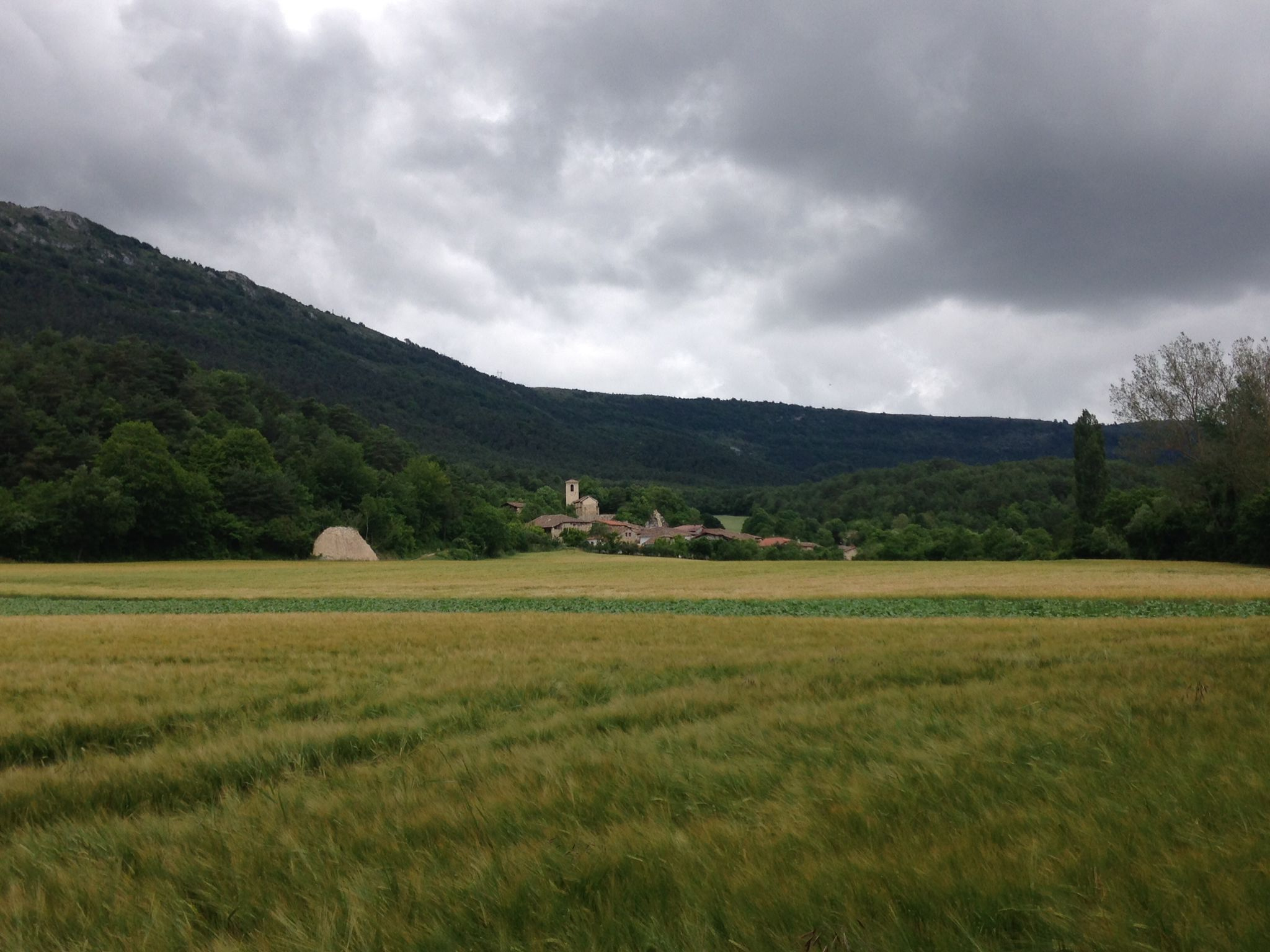
The valley of Valdegovía is crossed by the Omecillo River, west of Álava. Today it is suffering a serious depopulation, but in the Middle Ages it was a region of great dynamism. At the beginning of the ninth century, with the creation of the diocese of Valposed, several villages around their respective churches were built there. Among them was Ankles, a town with a rich past. Since 2021, the research team of Heritage and Cultural Landscapes of the UPV has been analyzing the history of the rural landscape of the UPV/EHU, and have been able to conclude that the urbanization or popular network of Anklas emerged thanks to the collective work of rural communities.
Ecclesiastical control
Today we will barely hear his name in the news, but Ankles has been an important reference in the historiography of the Basque Country. Documentary and material remains of the Upper Middle Ages are preserved around the church of San Román, which has allowed the reconstruction of its history in detail. To do so, the will of the ninth century of a cure called Avitus is preserved.
The priest built the church of Ankles and gave it other goods. In the building there was an epigraphic inscription dated 939, currently available at the Museum of Archaeology of Álava, a remote reminder of the reconstruction works ordered by Presbyterian Bela. But the current building was rebuilt in the 12th century in a Romanesque architectural form.

The construction and maintenance of such a monumental building was not within the reach of all: a group of rural elites tells us. It should be noted that in the Upper Middle Ages most churches were privately owned. They played a religious role, but their construction and maintenance were the responsibility of local noble families or monasteries. For this, they gave the churches all kinds of properties, where the rents they generated were collected. Control of churches was thus also an economic and political issue.
A singular terrain: Serna
The will of Avitus allows us to know what the properties of the church of San Román de Anklas were, among which were the most important so-called sernas, a very common word in Álava and Castilla of the time, but polysemic, whose meaning is not always easy to determine. In general, it can be said that it designates land for cereal. Many of them, in addition, were cultivated collectively by the citizenry, and part of their benefits passed into the hands of a feudal lord, often as a paid rent to a private church. In other words, the peasants and lords of the High Middle Ages of those territories developed relations around these sernas.
In later centuries, documents insist on the name associated with Ankles. In 1129, for example, when donating to the monastery of Oña de Alfonso I.ak of Castilla the church of Ankles, he indicated that he had an attached serna. In 1283, on the other hand, the priest of Oña rented his serums in Ankles. Today, the word has been fossilized as a toponym and the neighbours thus call the extensive cereal field by the Omecillo River.
This area occupies eleven hectares and its perimeter is delimited by a wide anti-flood dam. It is built with land, reinforced in its exterior by a stone wall and has a height of three meters above the level of the river. On the other hand, this dam is stabilised with certain species of trees planted online: alisos (Alnus glutinosa), nogales (Juglans regia) and hazelnuts (Corylus avellana). Tree roots support the soil and provide protection against the erosion of flooding. Some of these elements can be very old and are also seen several short in some places. We can therefore think that this is a strategic plantation that comes from very old. On the other hand, at one end of the Serna there is a small canal that collects the waters from the surrounding mountains and pits them towards the river.
When the elites lost power and those who lived in rural areas gained prominence, they collectively began the creation of new settlements, transformed the landscape and with it their identity.
Divided into large plots and arranged perpendicular to the river, at least two stones can be found inserted in the perimeter dam of the area. This form closely resembles the open field system known in different European countries: narrow and long lists to be able to pass the plough to the aisa.
History of landscape written on the ground
It is therefore clear that Serna is an agricultural land created, maintained and cultivated collectively by the population of Ankles. But when did all this happen? What was its importance in the founding process of the people? We can answer these questions with soils surveys: the study of the physico-chemical properties of sediments allows the reconstruction of processes produced both by humans and by the environment and date them by radiocarbon.
Organic rich black sediments appear in Serna 70 centimeters deep. What does that mean? The landscape surrounding Omecillo has not always been that way. At the beginning of the Holocene, from about 10,000 years ago, the atmosphere was more humid than the present and this area would have been a permanently submerged swamp, from which these dark sediments are witness. But about 5,500 years ago, the weather became drier, the limestone began to erode, and the river began to transport saturated carbonate sediments downstream of the basin. They precipitated like a Tufa and filled ancient swamps into white-sand plains. This may have given the people its name: the tufa is also called a toba.
.jpg)
The new situation, of course, was more suitable for humans to walk through it – thanks to the fields studied we know that this was the case since the Protohistory. But the real change occurred in the High Middle Ages, when the greatest changes occurred to be able to use the flood plain for agriculture. With the dam and drainage channels, Serna was left out of the reach of the floods and the water table fell, leaving fertile dry soil for cultivation as a reward. Radiocarbon dating indicates that these works were carried out between the seventh and ninth centuries, just at the time when the town was born. Since then, these soils have been continuously cultivated by ploughing and fertilisers.
A collective identity
Ankles was a village created by a community with its daily practice. The goal was to condition and collectively work agricultural areas like the serna, and that gave it character. And it's also no coincidence that all of this happened in the Upper Middle Ages. After profound changes in late Antiquity, in Western Europe, cities and elites lost their power and communities living in rural areas gained prominence. In order to secure the future, the creation of new settlements began collectively, transforming the landscape and, together with the landscape, its identity.
Around these sernas, the peasants of Ankles, in the Upper Middle Ages, started their relations
From the ninth century on, this reality overlapped the new structure of power of feudal society, so well represented in this case by the priest Avitus and presbytery Bela. To a large extent, these two processes, the collective action of communities and the tendency to increase social inequalities, are at the root of Ankles and many other peoples, and remain essential elements to understand the functioning of today's society.
In 2017, Indonesia and the Netherlands signed an agreement to return the heritage stolen by the European country because of colonialism for three centuries. The Indonesian responsible for the return process, Gusti Agung Wesaka Puja, explained that this agreement "was important in... [+]
Greece 1975. The country began the year as a republic, three weeks earlier, in the referendum on 8 December 1974, after the citizens decided on the end of the monarchy.
A decade earlier, in 1964, when King Paul I died, his son Constantine took the throne at the age of 23.
But... [+]
For pedagogical or methodological reasons, historians tend to fragment and divide historical periods of the past into deadlines. There are traditional times that we all know (Prehistory, Antiquity, Middle Ages, Modern and Contemporary Ages), but also several sub-ages.
These... [+]
Copenhagen, 18 December 1974 At 12 noon a ferry arrived at the port, from where a group of about 100 Santa Claus landed. They brought a gigantic geese with them. The idea was to make a kind of “Trojan Goose” and, upon reaching the city, to pull the white beard costumes... [+]
Tennessee (United States), 1820. The slave Nathan Green is born, known as Nearest Uncle or Nearest Uncle. We do not know exactly when he was born and, in general, we have very little data about him until 1863, when he achieved emancipation. We know that in the late 1850s Dan... [+]
The Centre Tricontinental has described the historical resistance of the Congolese in the dossier The Congolese Fight for Their Own Wealth (the Congolese people struggle for their wealth) (July 2024, No. 77). During the colonialism, the panic among the peasants by the Force... [+]











